Restorative Dentistry in Melrose
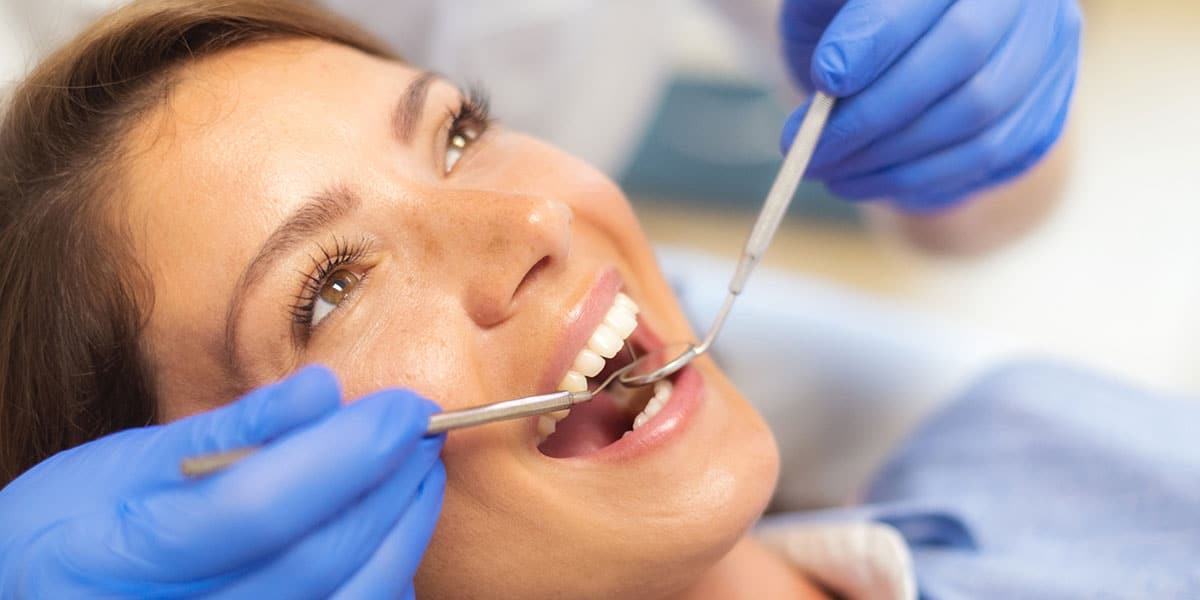
Nowak Family Dental provides restorative dentistry to patients in Melrose and throughout the greater Boston area. Call 781-662-9119 to learn more or schedule an appointment.
The right restorative procedure at the right time can reduce the need for additional dental work in the future.
With restorative dental treatments, we restore strength, function, health, and appearance to compromised teeth.
The Biomimetic Approach
Biomimetic dentistry seeks to reconstruct teeth to emulate their natural form and function—the term means to copy what is life-like. Dentists who take a biomimetic approach only remove decayed and damaged portions of the tooth, retaining as much of the natural tooth structure as possible for optimal dental health. Biomimetic restorations include stress-reduced direct composite restorations and porcelain or composite inlays and onlays to restore the biomechanics of damaged teeth.
Biomimetic dental restorations return damaged, broken, and decayed teeth to their original aesthetic, strength, and function.
Composite Fillings
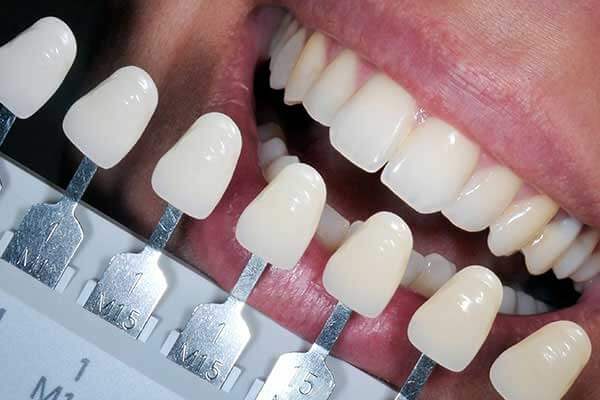
Unlike the silver fillings of the past, composite fillings use a tooth-colored material to restore teeth with cavities. This material blends in naturally with your smile. Composite fillings are completed in a single visit; the decayed portion of the tooth is removed, then the composite material is used to repair the tooth and a special light cures the material.
Inlays and Onlays
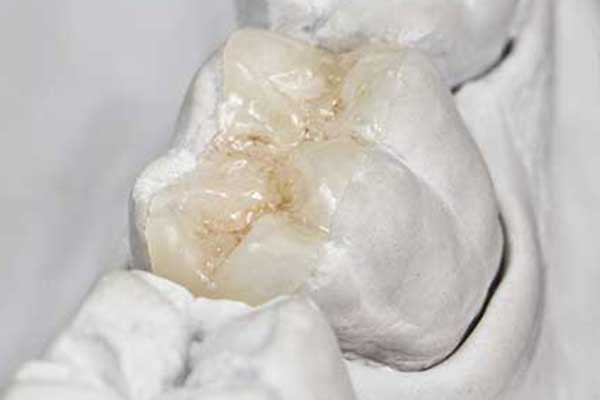
When a tooth is too damaged to be repaired with a filling, but not compromised enough to merit placing a dental crown, inlays or onlays may be used to restore the tooth structure. These restorations are made with porcelain or gold. Like a crown, they are fabricated in a dental laboratory and then bonded or cemented to the prepared tooth.
Crowns
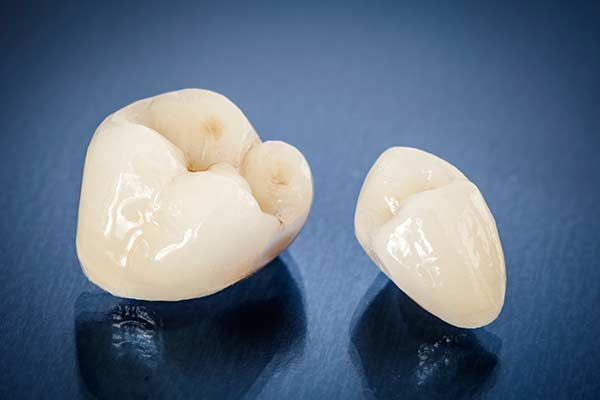
Dental crowns, sometimes known as caps, are a restoration that covers the outside of a tooth that is broken, cracked, worn down, or severely decayed. They may also be used to hold dental bridges in place. Dental crowns require two office visits: one in which the tooth is prepared and impressions are taken, and then a second when the permanent crown is fitted and cemented in place. While waiting for your permanent restoration to be fabricated, a temporary crown is used to protect the prepared tooth from damage and decay.
Dental Bridges
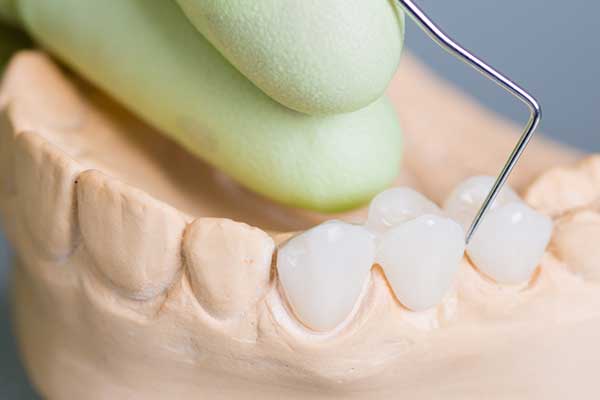
Dental bridges are used to replace one or more missing teeth without using dental implants or dentures. While there are a few different types of bridges, the most common type involves placing crowns on the teeth adjacent to the missing tooth or teeth and using these crowns to hold the bridge in place.
Implant Restorations
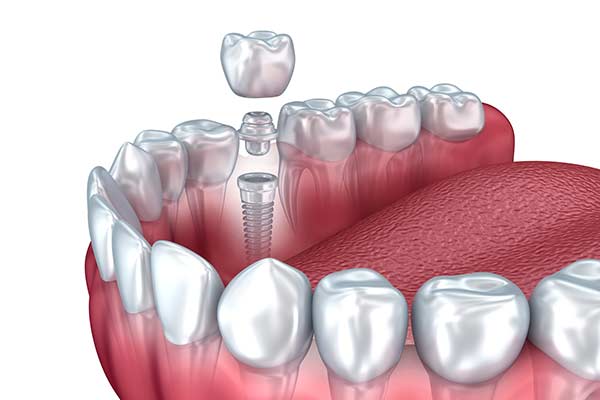
Dental implants involve placing a small screw made with biocompatible titanium into the jaw bone. An abutment is attached to the screw, and then the abutment is used to anchor a restoration. The implant acts as a replacement for the root of the missing tooth; over time, the implant begins to fuse with the bone in a process called osseointegration, which provides a stable support for the abutment and restoration.
Dentures
Dentures are used to replace multiple teeth on a single upper or lower arch. Unlike crowns and bridges, dentures do not rely on existing tooth structure for support. Dentures may be full or partial, removable or fixed, and traditional or implant supported.



